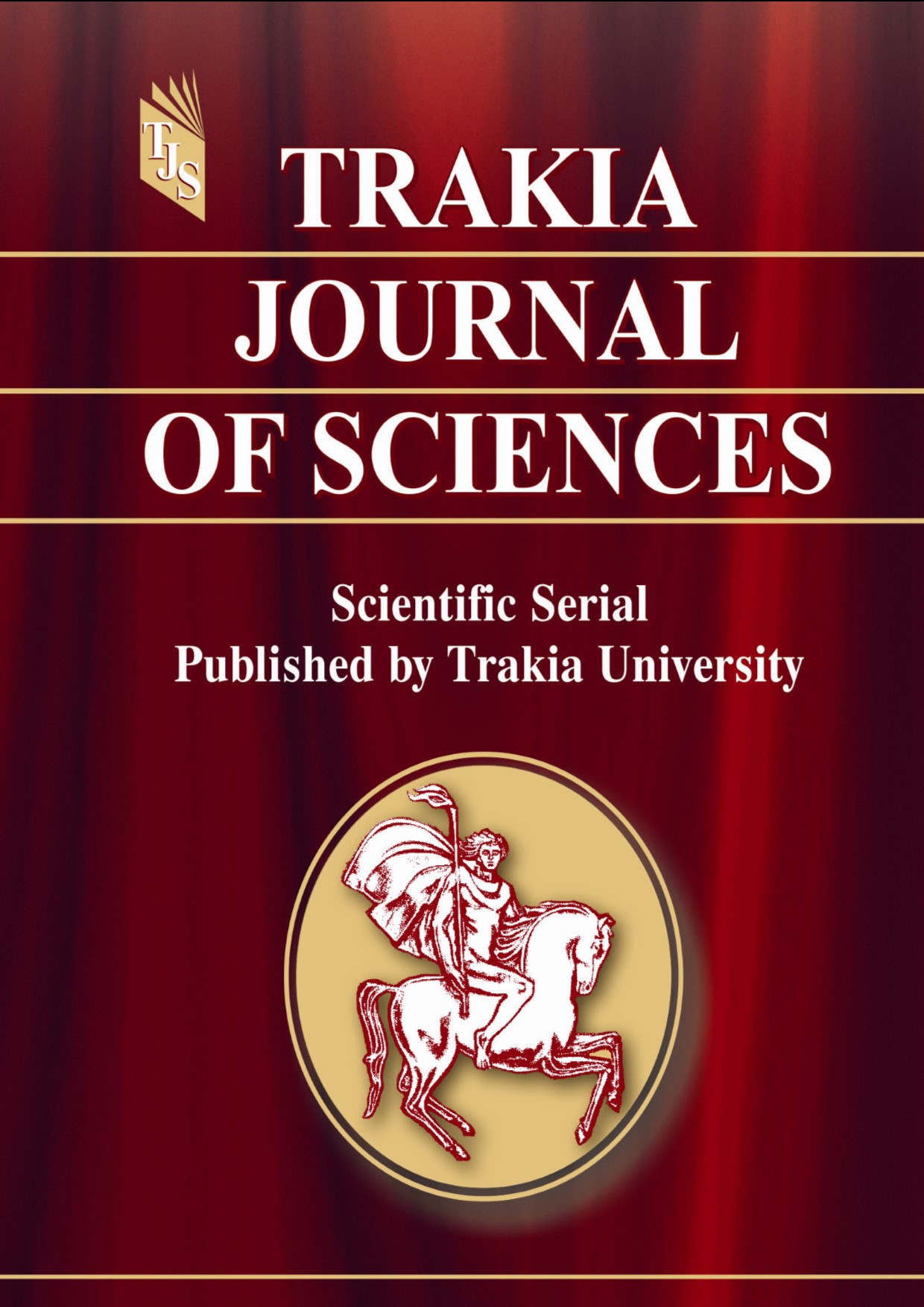FEEDING AT-RISK PRETERM INFANTS
DOI:
https://doi.org/10.15547/tjs.2025.01.013Keywords:
neonatology, enteral nutrition, parenteral nutrition, preterm infantsAbstract
Premature children get sick twice as often as full-term children. They are more susceptible to infections that are more severe. Rickets is more common in them, so vitamin D prophylaxis starts earlier and in larger doses. With good care, most premature babies survive and develop well, reaching the height and weight of their peers by the end of the first or second year.
Premature children, especially those weighing less than 1500g and/or less than 32 weeks of gestation (months), differ from full-term children in terms of: increased nutritional needs; limited structural stocks; the structural and functional immaturity of the gastro-intestinal tract, inversely proportional to the gestational age (digestive enzymes, intestinal motility, feeding reflexes of sucking, swallowing and coordination with breathing), which make complete enteral nutrition difficult or impossible;
In addition, severe problems are often present in the neonatal period that complicate adequate nutritional intake.
The purpose of nutrition in the neonatal period as part of modern complex intensive therapy for premature infants is to ensure: Normal growth corresponding to the intrauterine pace; "catch up growth", until term or at the latest until 52 years of age; To prevent extrauterine retardation (weight <10th percentile);
Normal growth in this period has been found to mean normal growth at a later age and with the premise of a good neurological outcome. Therefore, the strategy of early and aggressive feeding is required in the concept of feeding at-risk newborns.
References
Vakrilova L., Nutrition of at-risk premature children - Journal of Practical Pediatrics No. 7, August 2016, year XVIII
https://invitrobg.com/nedonoseno-dete/
Feeding guidelines for premature infants are based on the feeding recommendations of the AAP - CON (American Academy of Pediatrics Committee on Nutrition), ESPGHAN - CON (European Society for Pediatric Gastroenterology, Hepatology and Nutrition- Committee on Nutrition) and ESPEN (The European Society for Clinical Nutrition and Metabolism)

Downloads
Published
Issue
Section
License

This work is licensed under a Creative Commons Attribution-NonCommercial 4.0 International License.


